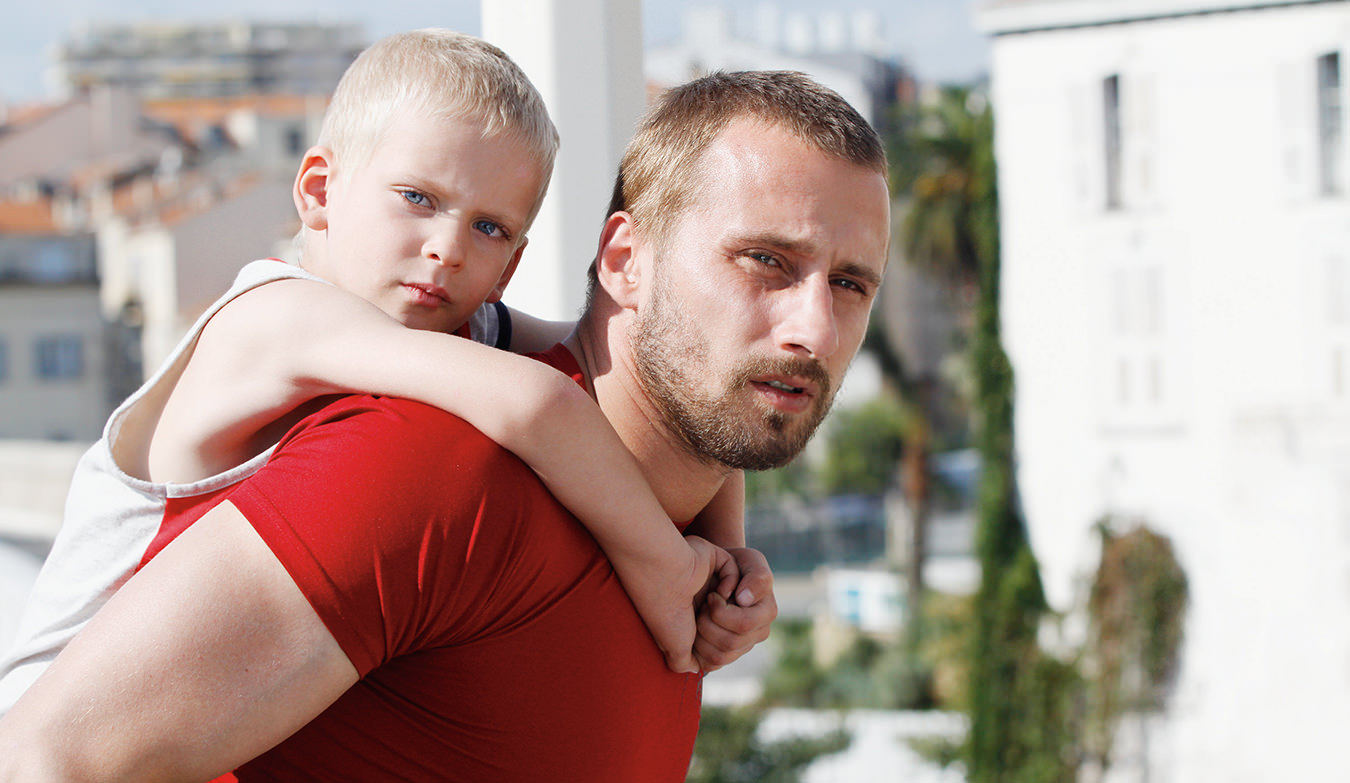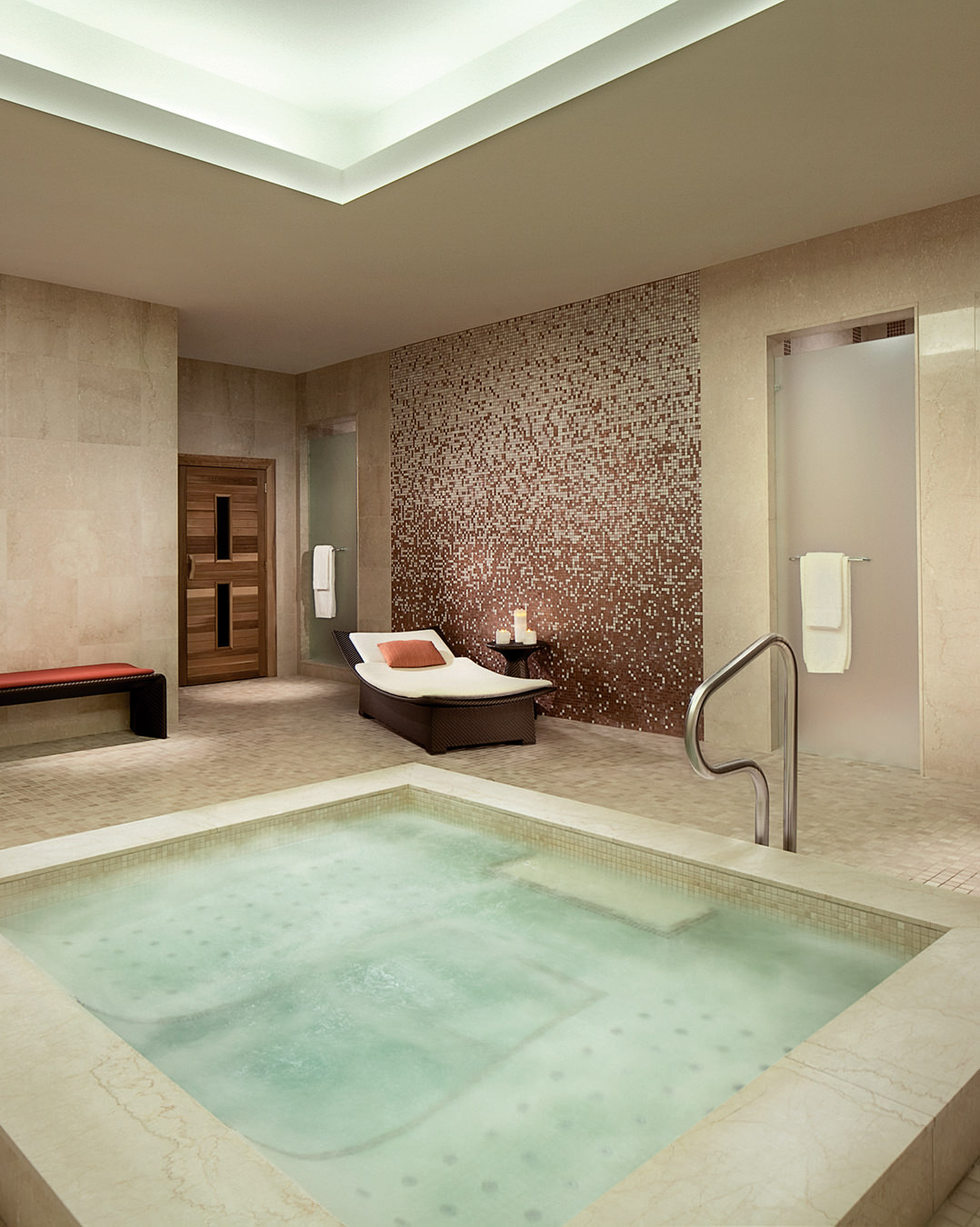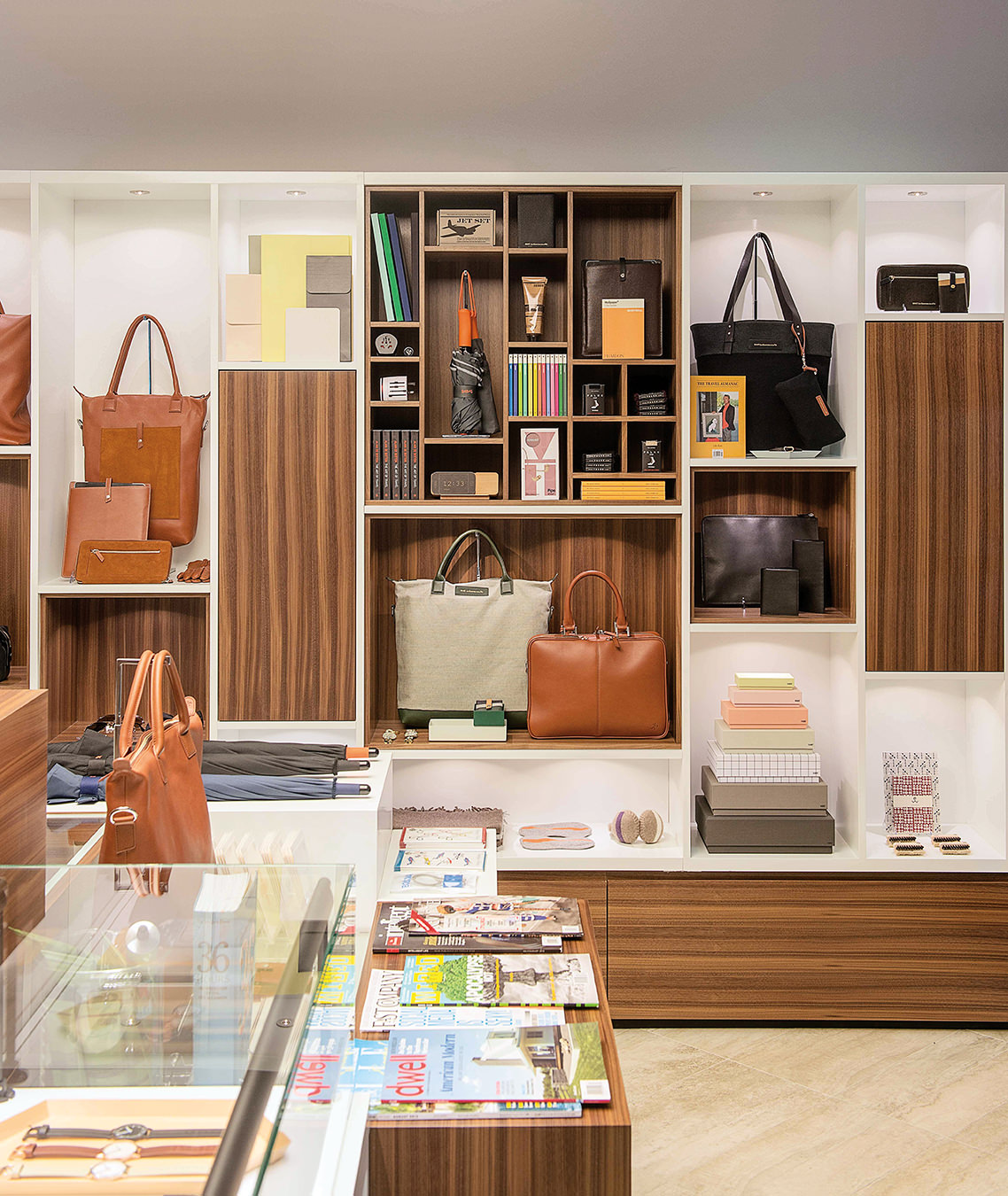Pierre Bassene Makes the Fashion World His Personal Playground
Paris-based clothing designer Pierre Bassene throws out the high-fashion playbook to draw from skate culture, Toronto architecture, public transit, and whatever else catches his interest.
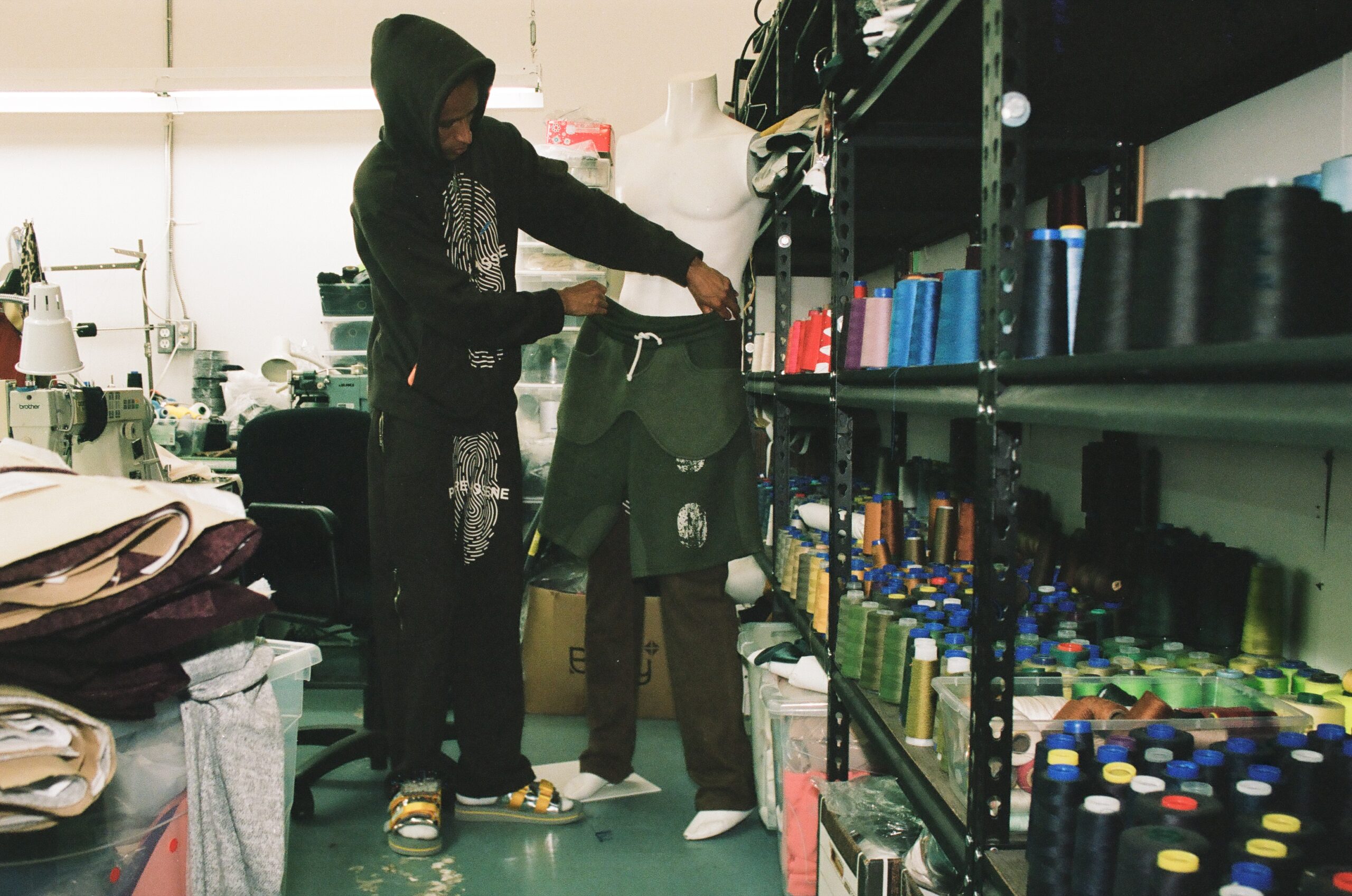
Streetwear designer Pierre Bassene is used to engineering the world into his own personal playground. Growing up enveloped by Paris’s rabid skateboard and hip-hop dance culture, he learned to view the world through a different lens than most. Every building, every graffitied alleyway, every idle railing became a potential means of self-expression. As years went by, he alchemized this curiosity from skate culture to high fashion after being struck by the energy of Paris Fashion Week.
“I was in France finishing school in 2016, and I just wanted to be a part of that larger fashion culture,” he explains. “I grew up a train ride away from Paris, so I had the city at my disposal. It’s where everything was happening. I realized quickly that everyone was so different. Everyone had their own look.”
Eager to feed his new-found interest, Bassene used every source at his disposal to teach himself how to make the style of clothing absent from Paris runways. Sewing, textile training, colour theory, design software, manufacturing logistics: each became a key component of this new means of self-expression. Fast forward five years, and Bassene has developed a streetwear line—Pierre Bassene World—whose platform reaches around the globe from Paris to Toronto.
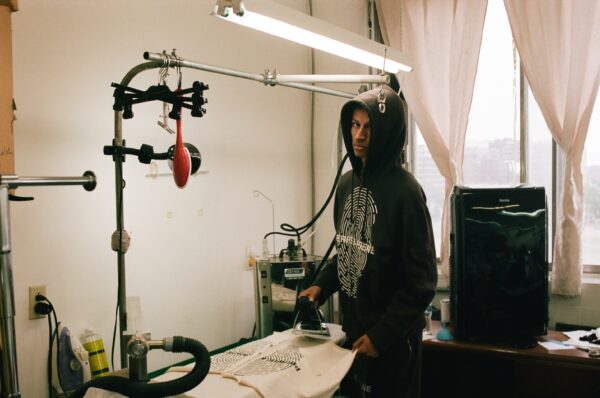
When he first started making clothes, it wasn’t about creating a brand,” he says. He wanted to stand out but couldn’t afford the labels he saw around him. “I wanted the freedom to make the clothes that I thought fit my identity at the time. So I started making my own. Then I just wanted to learn more and more. I haven’t stopped since.”
When Bassene and I speak, we’re six hours apart. I’m calling from my office in Toronto, where the label’s foundation first found its legs after he moved to the city in 2017. He has since moved back to France after a brief layover in Montreal. Today, he takes our video call from a bustling Parisian café with vibrantly coloured walls, hanging plants entering the frame, laughter echoing in the background, people everywhere.
Both Toronto and Paris suit Bassene’s individuality. He grew up in a small town in the east of France but found himself drawn to the stark expressionism of the country’s capital. There, he wasted no time in laying the groundwork for his new playground, whether that meant carving through the streets on a skateboard or finding inspiration for new clothing cuts on Parisian buildings. When he moved to Toronto, he discovered that while the cultures differed in some respects—architecture, music, streetwear aesthetics, to name a few—both were welcome hubs for uninhibited expression.
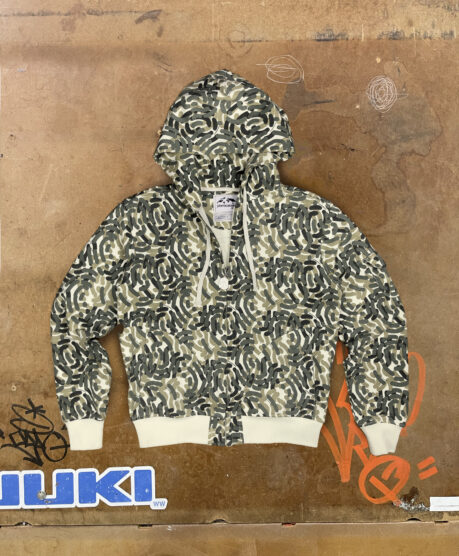
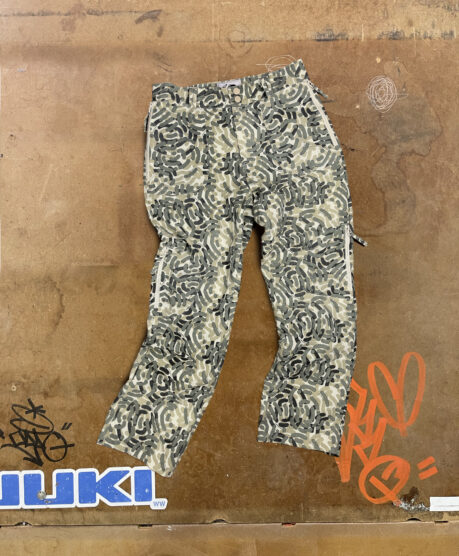
“Streetwear culture has become a universal language, to some extent,” he notes. Although Toronto and Paris are different in some ways, he thinks they share the larger values. “There are just so many different types of people that it’s impossible to be too general across each city,” he says. “That’s probably what they have most in common. They make room for people to be themselves, to dress like themselves, to figure out who they want to be.”
In the cultural melting pots of Paris and Toronto, Bassene had ample source to craft the vision for Pierre Bassene World. He’d scan the runways of Paris Fashion Week for inspiration and ride Toronto’s eclectic streetcars, plotting ways to combine Bay Street finance suits with the avant-garde streetwear he’d see climbing aboard a few stops later.
Bassene depended on Toronto’s cohort of fellow young creatives to help guide him, doing the same for them in return. Today, he continues to find support from some of the city’s most notable young designers such as Spencer Badu and Nicko Bruno, even if they might be a few time zones farther apart than when they first met.

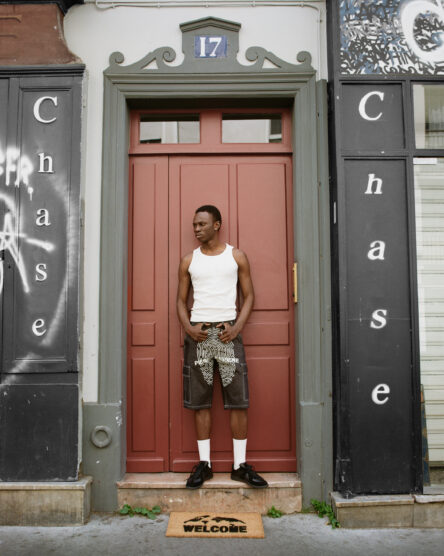
“The dialogue with guys like Spencer is what I live for,” he says. Badu, the first person Bassene met when he moved to Toronto, taught him skills and gave him access to creative studios. Now, they spend hours on the phone talking about everything from supply chains to design taste to production methods. “They say if you want to go fast, go alone,” Bassene says. “If you want to go far, go together. I’m a one-man operation, but I have so many friends that I lean on.”
While Bassene and Badu continue to guide one another through the industry, they follow individual paths. This emphasis on independence is embodied by Pierre Bassene World’s logo, a fingerprint featured on most of its pieces. It’s become a symbol of both connectedness and uniqueness for Bassene. He explains that a fingerprint is universal but distinct in its details and reflects his philosophy of teaching himself how to do things. A firm believer that you have to do to learn, he learned how to sew and manage his accounts from YouTube.
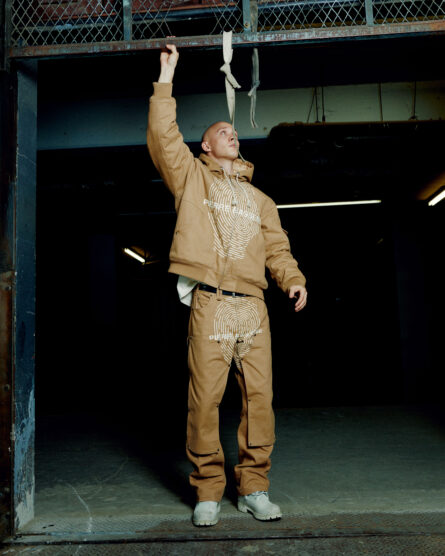

He feels that allowed him to put his stamp on his work. “I’m doing it my way. That’s the identity that runs through Pierre Bassene World. It’s for people who have something to say. It’s for people who are curious.” He loves seeing that the people wearing his clothes are so rarely the same type of person. “There’s no archetype. The only consistency is that they’re an individual. They do things their way.”
It makes sense that Bassene was attracted to skate culture early in life. It taught him the values that perpetuate the endless curiosity fuelling his label today. You can be shown the blueprint to a trick. You can watch others do it countless times. But to perform it, you have to experiment. You have to fall. At some point, you have to get on the board and do it yourself. Pierre Bassene World takes these values and transmutes them into fashion. The result is something much like the fingerprint stamped across the front of Bassene’s work: inextricably distinct, universally connected.


